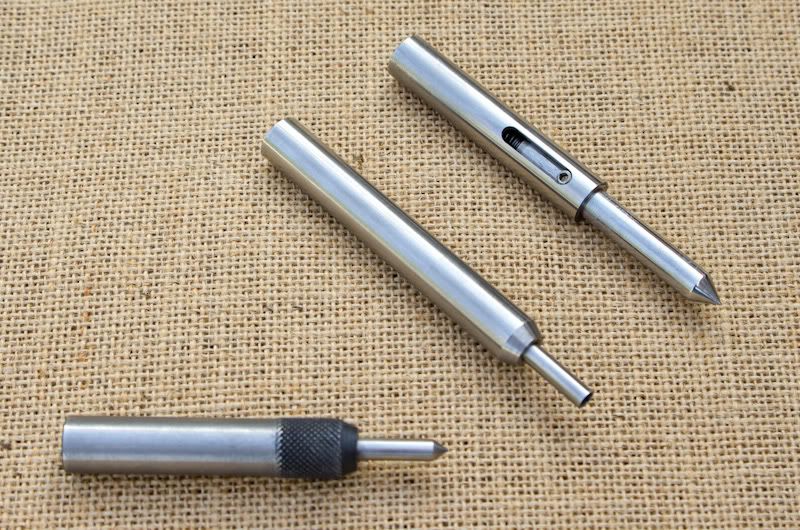Let me add still more to Eamonn's thoughts.
By far and away the majority of the nibs I sell go to owners of fountain pens around the world who are changing the nib in their shop bought fountain pen for one reason or another. Not a week goes by when I don't receive an enquiry asking something like, "I'm thinking of buying an XYZ pen, but I've heard the nib is poor - can I get a different one from you?" In more cases than you would imagine, I know that the housing of an XYZ pen cannot be removed, usually because its an integral part of the Section - the section performs both functions, not a housing glued in, but one and the same thing. In those cases, if the answer is that I have a compatible nib I tell the customer that it can be done but the new nib will have to be removed from its housing and fitted into the existing XYZ section, with the existing feed. I know through experience that half of those people will reply to me thanking me for my help and explaining that they don't know how to do that, so they're not going to buy the pen.
The moral of the tale is that pens with a screwfitted, removable housing are one obstacle less when it comes to an informed customer's buying decision.
Incidentally, apart from the odd cheap kit pen, I have never seen a fountain pen from the world's pen manufacturers, apart from one - a Kaigelu 316, where the housing, if it's not already integrated with the section, is glued in not screwed in.
By far and away the majority of the nibs I sell go to owners of fountain pens around the world who are changing the nib in their shop bought fountain pen for one reason or another. Not a week goes by when I don't receive an enquiry asking something like, "I'm thinking of buying an XYZ pen, but I've heard the nib is poor - can I get a different one from you?" In more cases than you would imagine, I know that the housing of an XYZ pen cannot be removed, usually because its an integral part of the Section - the section performs both functions, not a housing glued in, but one and the same thing. In those cases, if the answer is that I have a compatible nib I tell the customer that it can be done but the new nib will have to be removed from its housing and fitted into the existing XYZ section, with the existing feed. I know through experience that half of those people will reply to me thanking me for my help and explaining that they don't know how to do that, so they're not going to buy the pen.
The moral of the tale is that pens with a screwfitted, removable housing are one obstacle less when it comes to an informed customer's buying decision.
Incidentally, apart from the odd cheap kit pen, I have never seen a fountain pen from the world's pen manufacturers, apart from one - a Kaigelu 316, where the housing, if it's not already integrated with the section, is glued in not screwed in.




